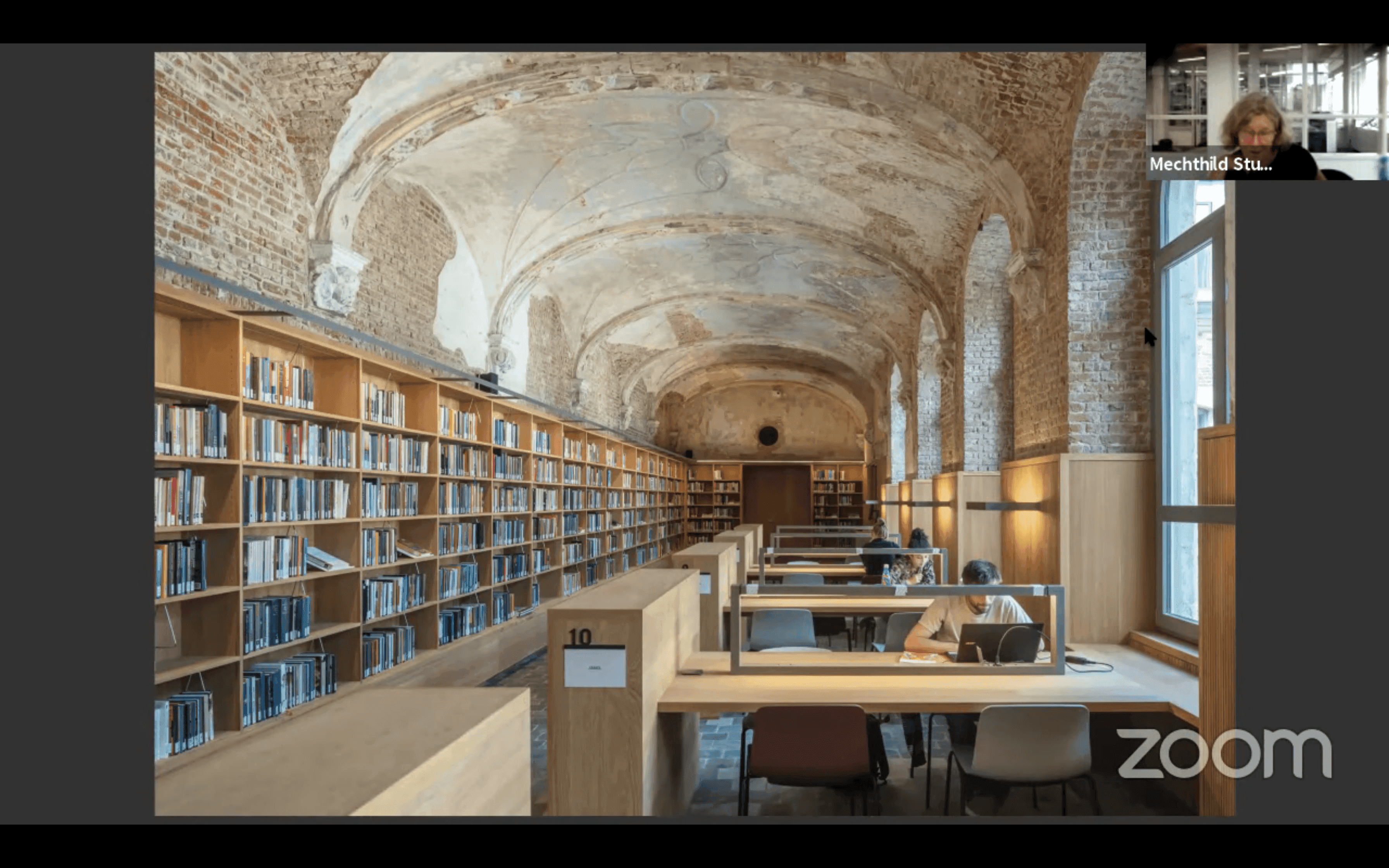TACK x Jaap Bakema Study Centre
Communities of Tacit Knowledge: Architecture and its Ways of Knowing, or simply TACK, aims to gain a better understanding of the tacit knowledge that architects use when designing buildings and cities. TACK is an Innovative Training Network as part of the Marie Sklodowska-Curie Actions within the European Horizon 2020 Framework Programme. It is formed by ten European academic institutions, three leading cultural institutions for architecture, and nine leading architectural firms. These partners jointly offer an innovative PhD training programme in the field of tacit knowledge in architecture, resulting in ten parallel PhD projects.
Tacit Knowledge
Embodied, social, experiential and often unconscious, tacit knowledge plays a significant role in architectural discourse and practice. Yet it remains understudied, in part because, by definition, it cannot be made explicit through language alone, or written down and recorded in archives. After years of practice and training, an experienced architect will find it straightforward to draw a logical plan, but they might still have difficulty explaining the tacit and personal intuition that leads them to a particular design solution, or a certain graphic style. In this sense, architectural tacit knowledge ranges from the physical skills of drawing or crafting, to the sensibility to judge the quality of the finished product, whether a sketch, plan, model, text, building or urban intervention.
At the same time, tacit knowledge is often held in common by a specific "community of tacit knowledge". For those within an architectural office, school or institution, tacit knowledge might speed up production and ease communication, based on a shared set of implicit conventions learnt over time through socialisation, repeated observation and practice. But for those outside a "community of tacit knowledge", this same tacit knowledge can impede mutual understanding. This can be the case, for example, when members of the public struggle to understand a divisive building, or a contractor puzzles over the rationale for a complicated detail. Ultimately, the TACK network seeks to tease out these relationships between "communities of tacit knowledge" and their networks. It goes beyond existing theories of tacit knowledge in other fields, looking to the role of tacit knowledge from within the discipline of architecture itself, and its connections to related practices and publics.
TACK Secondments
As part of the TACK Innovative Training Network, Het Nieuwe Instituut will host four PhD researchers for institutional 'secondments': Hamish Lonergan (ETHZ), Claudia Mainardi (PoliMi), Paula Strunden (AkBild) and Jhonno Bennet (UCL). Alongside their own academic research, these secondments will expose these researchers to the practical tacit knowledge of working in a large architectural institution. They will be involved in a wide range of the activities carried out at Het Niewe Instituut, from archiving and curation to communication, writing, education and administration. Working with staff and researchers, they will learn by observing and doing. In addition, one of the PhD researchers, Hamish Lonergan, will prepare a summer school for the TACK researchers and external participants.
The PhD students will also develop a research project as part of their secondment, within the research trajectories of the Jaap Bakema Study Centre. Drawing on the National Collection for Dutch Architecture and Urban Planning, the TACK researchers will deploy various research methods - including re-enactment, experiments in virtual reality and discourse and network analysis - to explore the tacit knowledge embedded in the explicit documents of the archive. Over time, updates from their research will be documented here, on the Jaap Bakema Study Centre website.
The Jaap Bakema Study Centre facilitates research by, and in collaboration with, other cultural and academic institutions. Read more about its network and partners.
This project has received funding from the European Union's Horizon 2020 research and innovation programme under grant agreement No 860413. This website reflects only the author's view and the European Commission Research Executive Agency is not responsible for any use that may be made of the information it contains.

